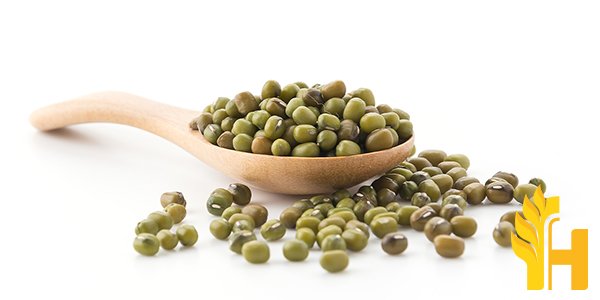Field Bean price

Where to buy and sell Field Bean, lowest (cheapest) and highest price.
check offers buy sell Field BeanToday price for Field BeanField Bean wholesale prices 2022
The Current commodity price of Field Bean per kg, pound in the world in the global markets
field beans
Price range: 55 - 55 INR / 1 kg | Market: Ramakrishnapuram Rythu Bazar | Date: 2025-07-03
Field Bean
Field beans (Vicia faba) are used for inclusion in animal feed, aquaculture, export for human consumption and for pigeon feed. Suitable winter and spring varieties are available for these uses. One hundred forty six field bean accessions were collected from the U.S., Eastern Canada and Europe as part of a germplasm collection project. They were evaluated for seed protein concentration, protein yield and protein quality.High concentrations of field bean proteins are preferred for animal feed applications because they are highly digestible by monogastric animals. High-yielding varieties may also reduce the cost of production, increase profitability and help meet demands for feeds that are more self-sufficient in amino acids.
In field beans, seed protein concentration increased from the North to the South and from the coastal regions to inland. In Europe, a significant difference in total seeds per square meter was detected among six sites in Switzerland and five sites in Portugal. Field bean varieties differed in their grain yield by nearly 30%. Of all varieties grown at three locations evaluated in northern Italy, Venus was the highest yielding variety. In a three-year trial in Italy, Ceres and Cora yielded significantly more seed protein than other varieties.
In a two-year study in Denmark, it was shown that high concentrations of field bean proteins were present only in spring varieties and not winter varieties. For a 10% inclusion level in pig diets, the protein yield from field beans was between 22 and 30%, depending on variety. Inclusion of field beans in pig diets increased digestible lysine intake by an average of 12%.
In a two-year study conducted in Germany, it was shown that growing conditions affected both tissue composition and seed protein concentration of field bean plants. The study also showed that environmental conditions affected the digestion of different field bean varieties. The legumes that were lowest in protein concentration, i.e., Proton and Freestyle, contained higher concentrations of lysine than other varieties.
Field beans (Vicia faba) are used for inclusion in animal feed, aquaculture, export for human consumption and for pigeon feed. Suitable winter and spring varieties are available for these uses. One hundred forty six field bean accessions were collected from the U.S., Eastern Canada and Europe as part of a germplasm collection project. They were evaluated for seed protein concentration, protein yield and protein quality.
Seed protein concentrations ranged from 21.0% to 36.5%. Seed protein concentration was significantly affected by geographic origin (P < 0.0001) and year of collection (P = 0.001). Northern plants had higher seed protein levels than southern plants, and plants collected in 2008 had higher seed protein levels than those collected in 2009. Several lines with protein concentrations greater than 34.0% were identified for further evaluation.
Global field bean production
In 2018, the global production of field bean ferns was estimated to be about 2.3 million metric tons. The majority of this production came from China, which accounted for approximately 1.6 million metric tons. Other major producers include India, Brazil, and Peru. Field bean ferns are an important food source in many parts of the world. They are a good source of protein and fiber and can be used in a variety of dishes. In China, they are often stir-fried with vegetables or meat. In India, they are typically cooked in curries or soups. With a growing population and an increasing demand for healthy food options, the global production of field bean ferns is expected to continue to rise in the coming years.Download our new
Husfarm App
Stay up to date with the current prieces of agricultural products all over the world.
Do you want to sell agricultural products?
Are you an Agricultural processor looking for high-quality products to buy?
Post an ad for FREE!
